Atlassian Cloud OAuth Single Sign-On (SSO) with Okta
With Jira OAuth Single Sign-On (SSO) for Atlassian Cloud, you can securely log in to Jira Cloud using your Okta credentials. This app allows you to perform seamless Single Sign-On (SSO) into your Atlassian Access or Jira/Confluence Cloud accounts using your existing OAuth Provider credentials.
Pre-requisites
1. Atlassian Guard (Atlassian Access) Subscription:
Atlassian Guard is an additional subscription applied across the Atlassian Cloud products like Jira Software, Jira Service Management, Jira Work Management, Confluence, and Bitbucket. It is needed for Single Sign-On (SSO) or any Cloud Service that comes under Atlassian Guard.
2. Domain Verification:
The first step of Atlassian Guard starts with the Domain Verification process to enforce SSO on the managed user accounts. This process verifies that you own a valid domain for managing the user accounts and use the same domain name for the email addresses.
Download and Installation
- Log into your Jira instance as an admin.
- Navigate to Apps → Explore more apps from the header menu.
- Next, search for the miniOrange OAuth/OpenID SSO app.
- Click on Try it free to begin a new trial of the app.
- On the menu bar click on Apps and locate the OAuth/OpenID SSO app and click .
In this guide, we will demonstrate the setup in three parts:
- 1: Configure OAuth SSO connection between miniOrange App (as OAuth Client) and Okta (as OAuth Provider).
- 2: Configure SAML SSO connection between Atlassian Guard (as SP) and miniOrange App (as IDP).
- 3: Add users to the SSO Authentication policy, and enforce the SSO.
Step 1. Configure Okta as a OAuth Provider
- Once the plugin is installed select the Apps dropdown from the top menu and click on mO Jira OAuth/OIDC SSO option.
- Next, you will be prompted with a welcome pop-up window. Click Start Configuration.
- Copy the Callback URL and keep it handy as it will be required while setting up the OAuth application in Okta.
- After copying the callback URL, navigate to the Okta admin dashboard and click on Applications → Create App Integration.
- Here, choose OIDC - OpenID Connect as a Sign-in method, select Web Application as the Application type, and click Next.
- Now, enter the App Integration Name and Callback URL in the Sign-in redirect URIs, and proceed with the OAuth app configuration.
- Copy the Client ID and Client Secret.
- Then go to the Security → API page from the Okta dashboard.
- Under the Authorization Servers tab select the default server.
- Then click on the link given in the Metadata URI field.
- Copy the Authorization endpoint, Token endpoint, etc., and keep it handy.
- Now, return to the miniOrange App configuration page and click Next from the Callback URL screen.
- Select Application Type as OIDC. Enter Client ID, Client Secret, Scopes (such as email, openid, etc), and other required endpoints copied in the previous step. Then click Next.
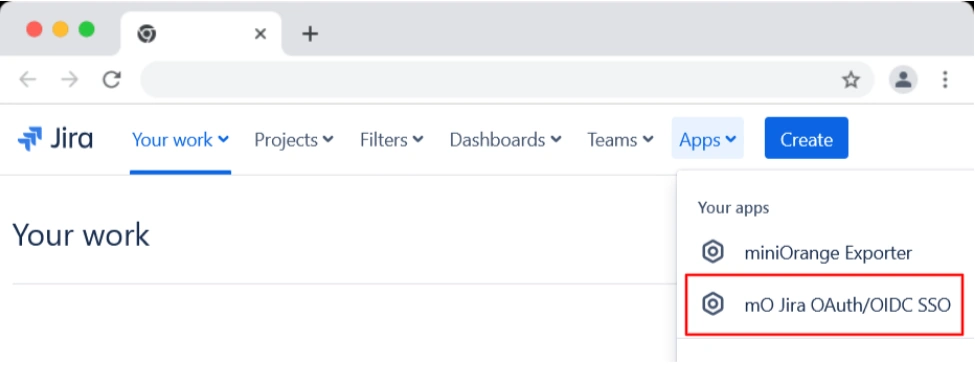
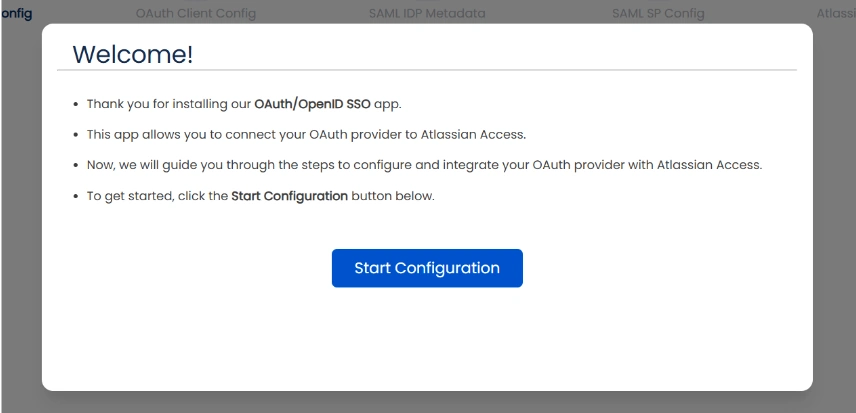
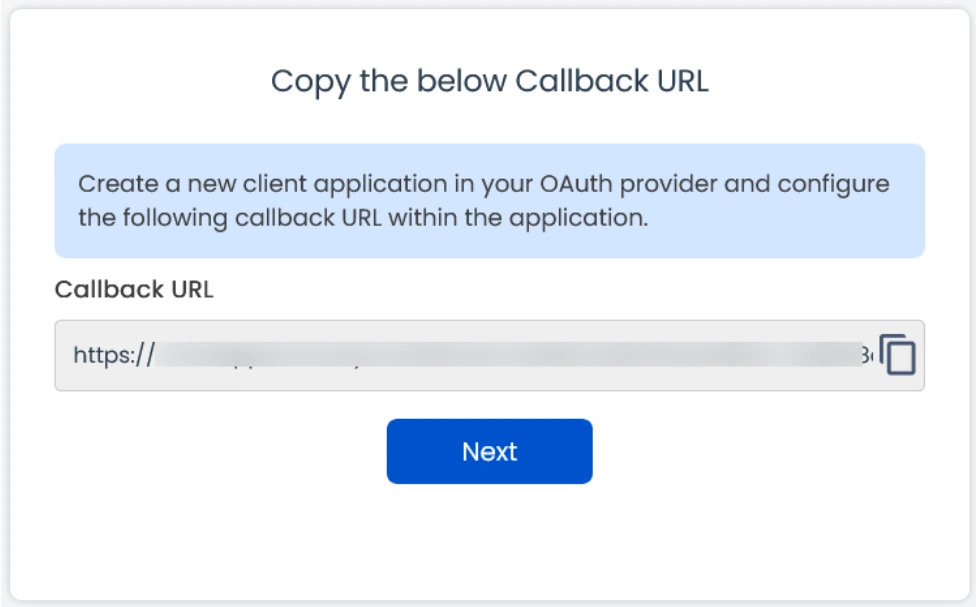
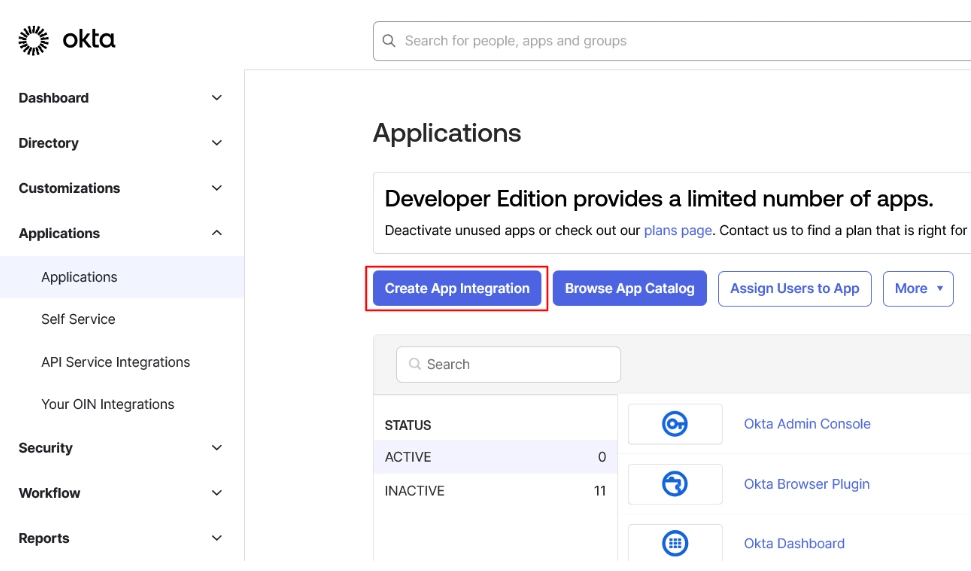
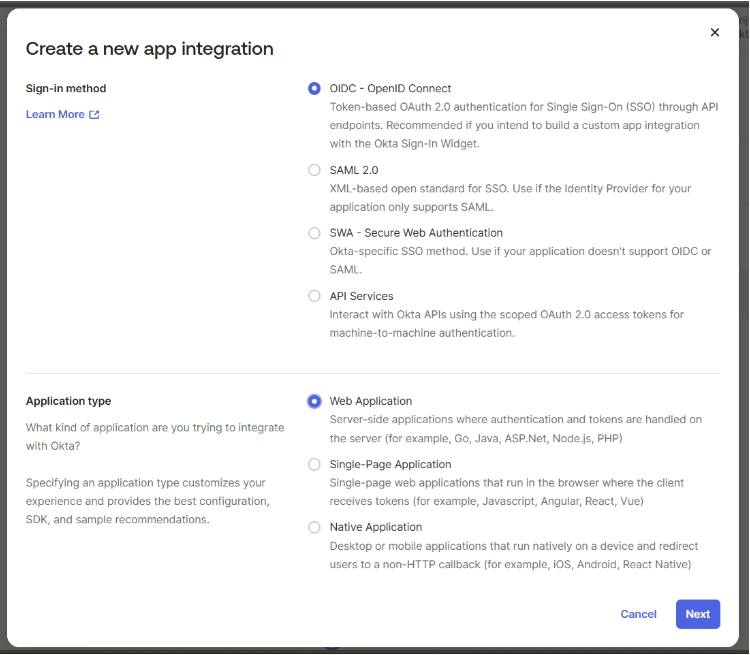
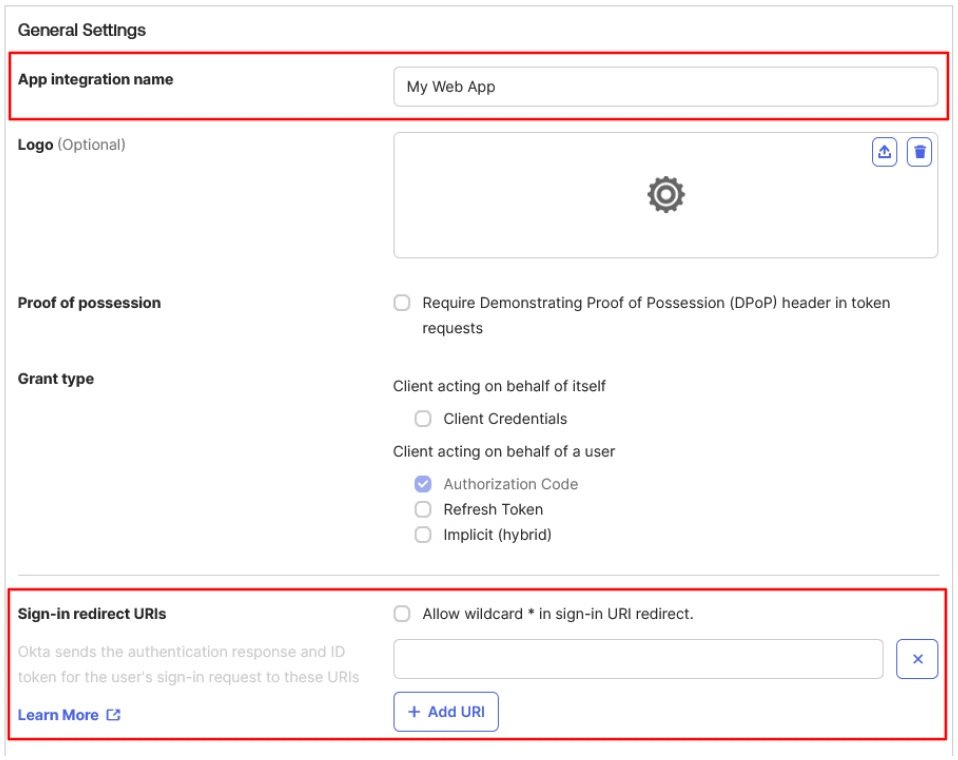

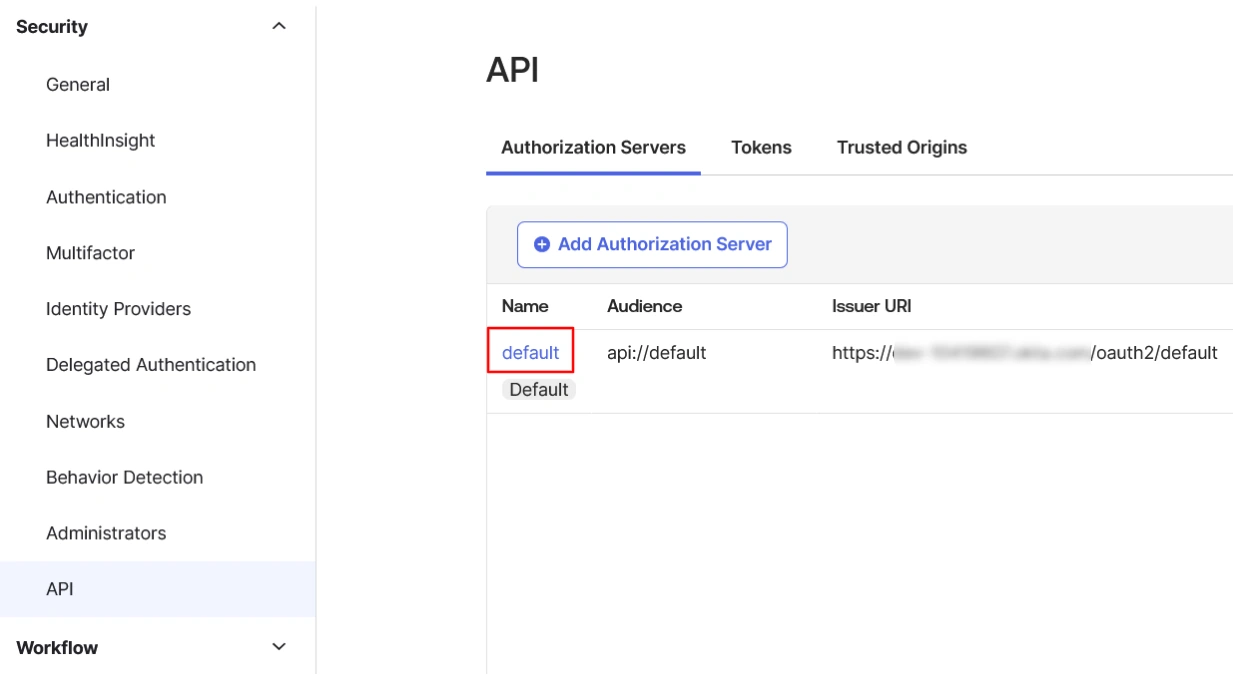

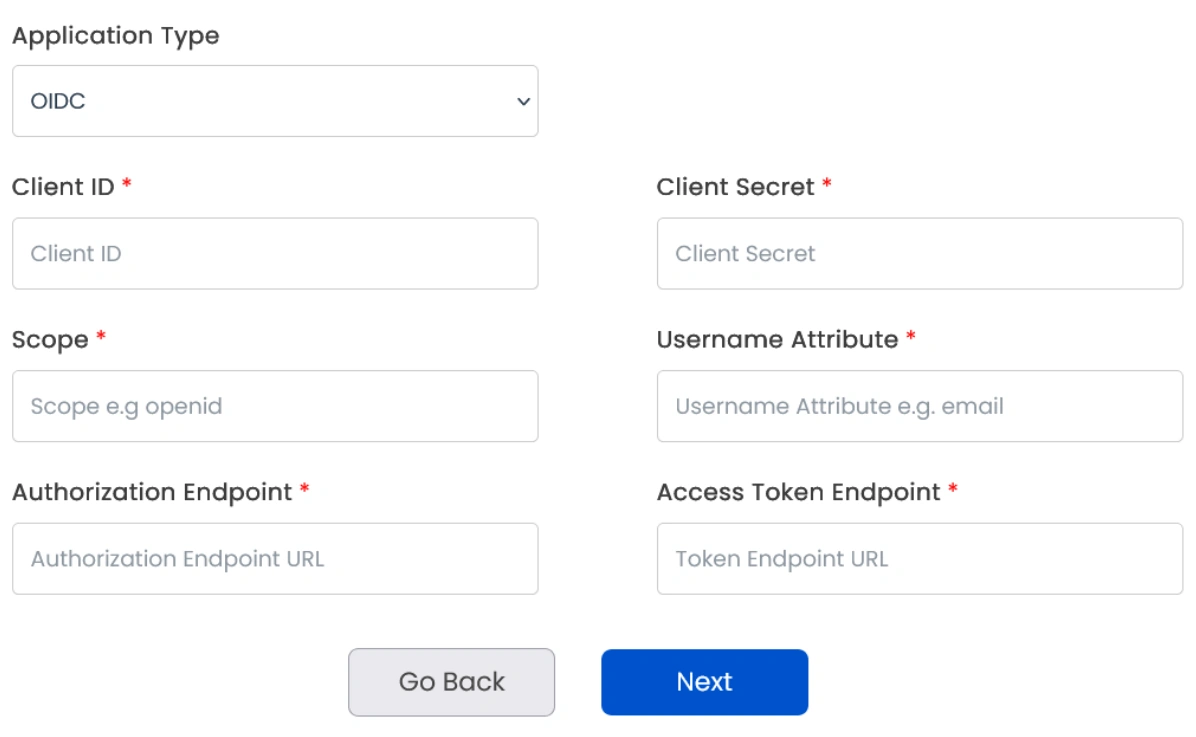
Step 2. Set up SSO between Atlassian Guard and miniOrange
- In the next window, you’ll find the Plugin Metadata details.
- Copy IDP Entity ID, IDP SSO URL, and IDP Public X.509 Certificate and keep it handy. You’ll need these to configure the Identity Provider in the Atlassian Guard.
- Open the Atlassian Admin Console and go to the Security tab.
Note: In case you manage multiple organizations, you’ll have to select the intended one after accessing the admin console.
- Click on Identity providers and select Other provider.
- Provide an appropriate name, select Set up SAML Single Sign-On, and click Next.
- Now, paste the IDP Entity ID, IDP SSO URL, and Public X.509 Certificate that you copied from the plugin configuration.
- Click Next and copy the Service Provider Entity ID and Service Provider Assertion Consumer Service URL. Keep these handy as they’re required to complete the plugin configuration.
- Complete the rest of the Atlassian Guard configuration.
- Once you’re done, return to the plugin configuration page, go to the SAML IDP Metadata tab, and click Next.
- Enter the SP Entity ID and Assertion Consumer Service (ACS) URL that you copied, and click Next.
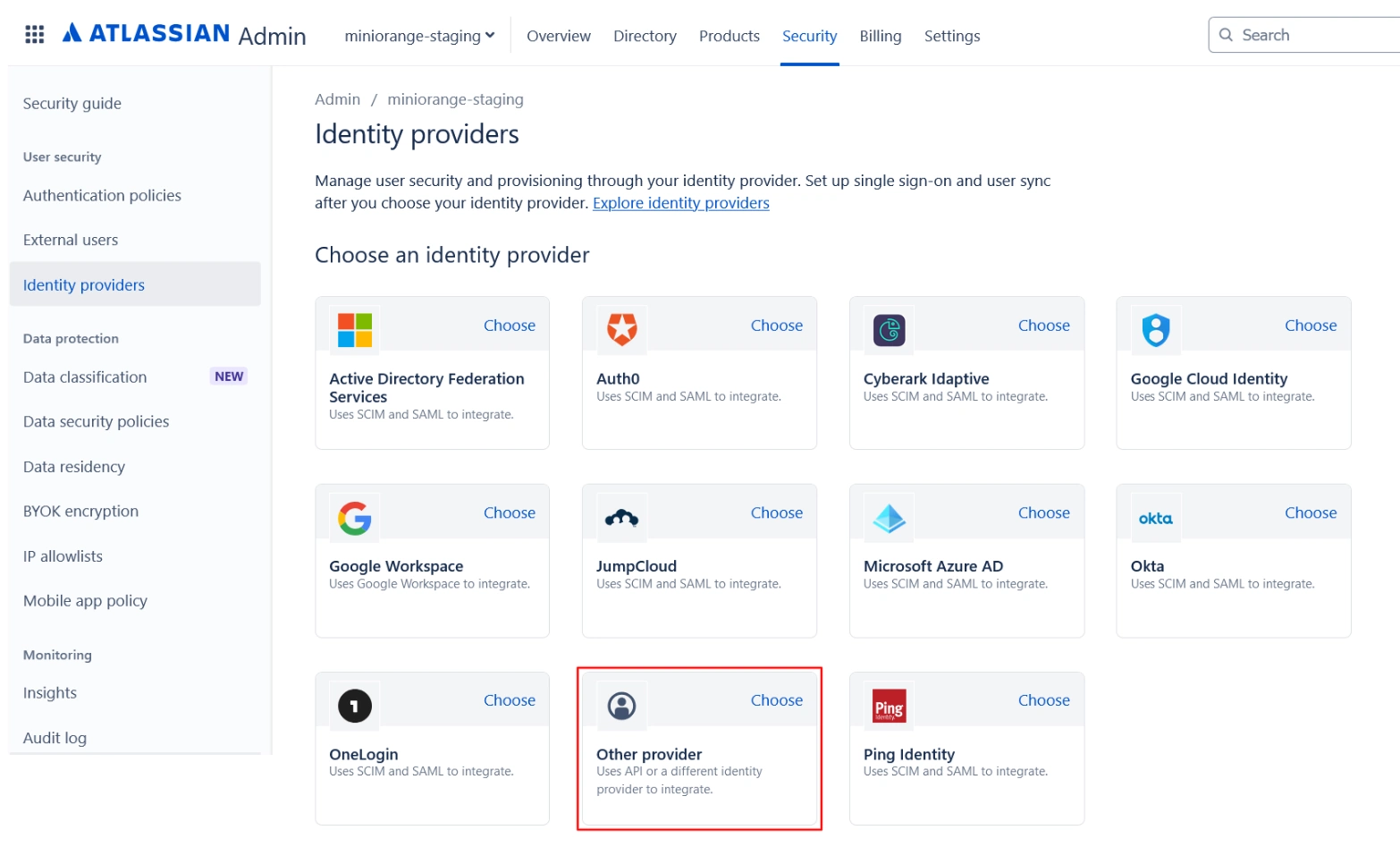

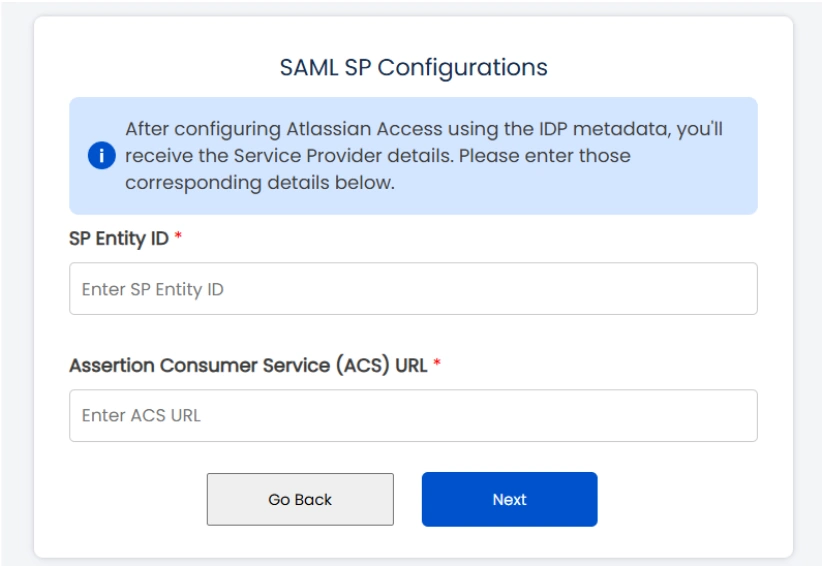
Step 3: Configure SSO Authentication Policy
Once all the SSO Configurations are done, you need to add users to the Authentication Policy and enforce Single Sign-On.
Follow these steps:
- Log in to Atlassian Cloud Admin Console, and go to the Security tab.
- Under the Authentication Policies section, find the respective SSO policy and click Edit.
- Select the checkbox for Enforce single sign-on option, then go to the Members section and add the new users to the policy.
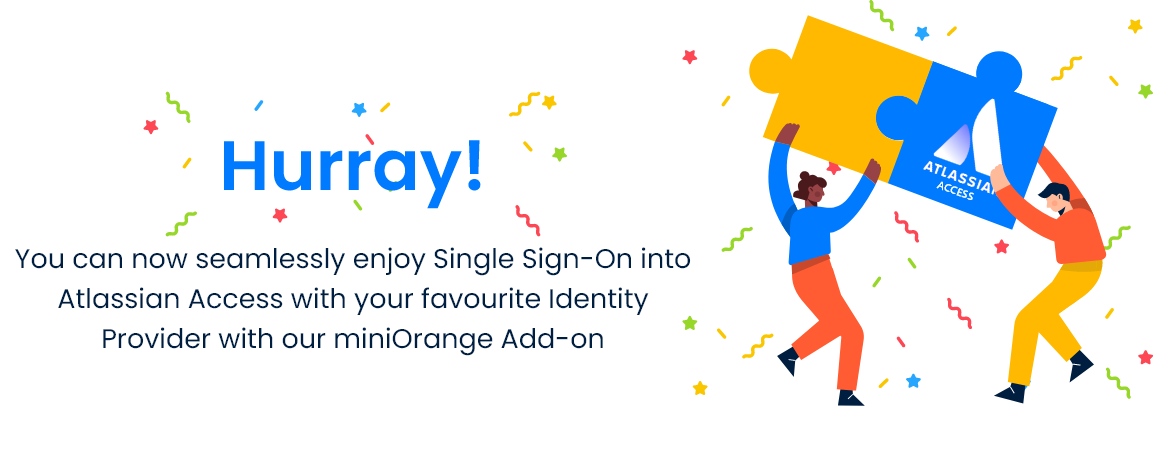
Additional Resources
Did this page help you?
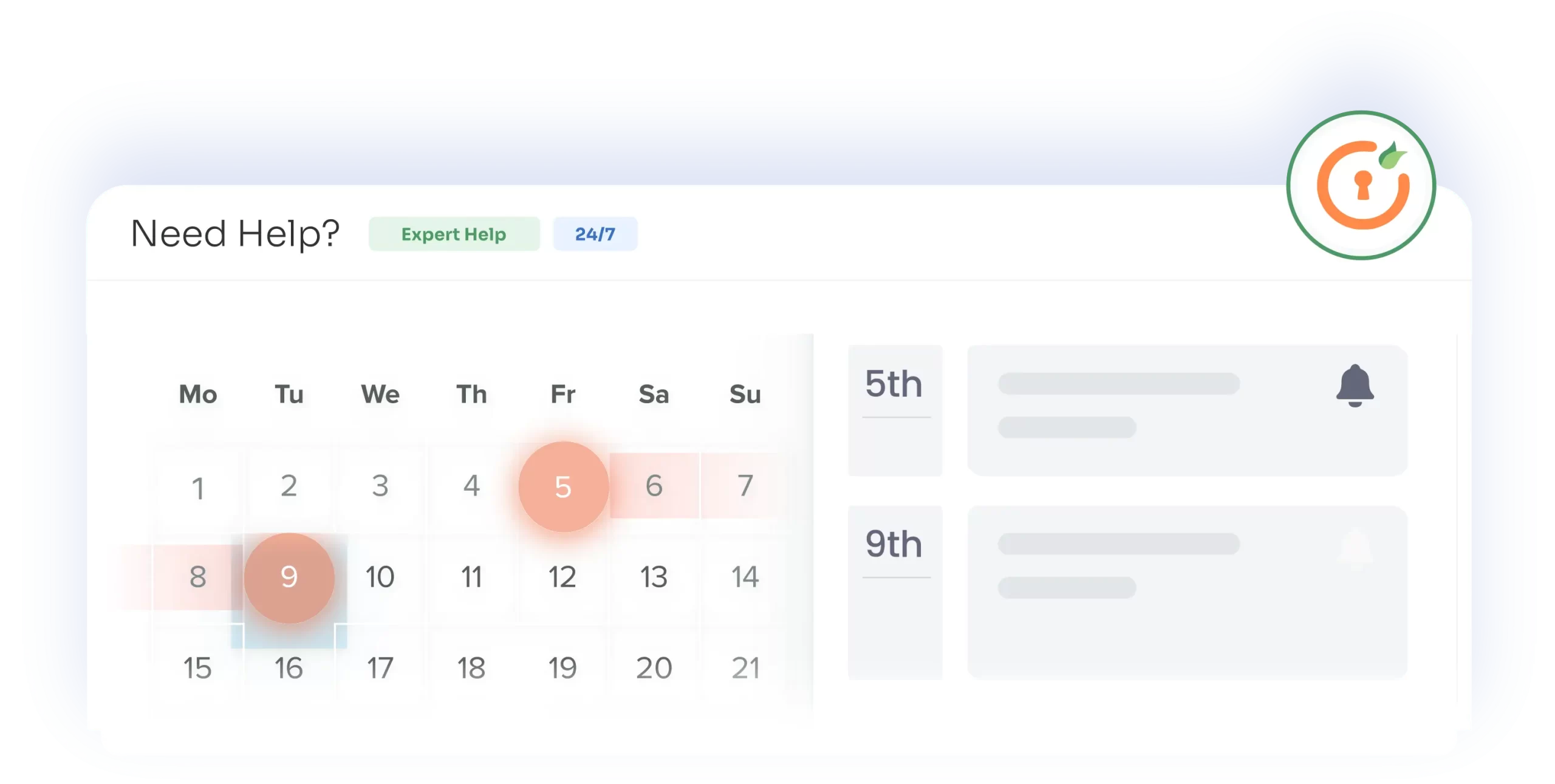

 Try it for free
Try it for free